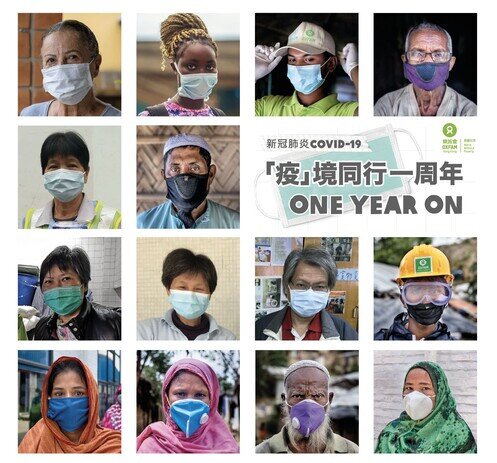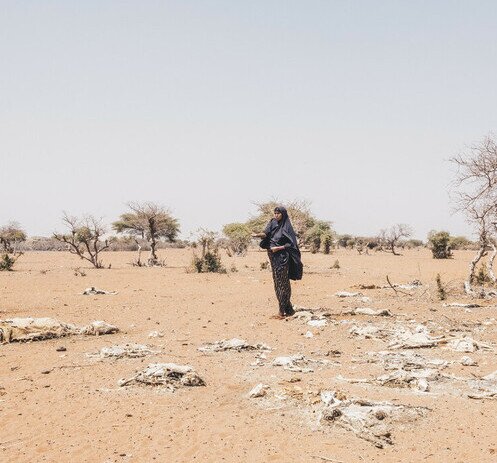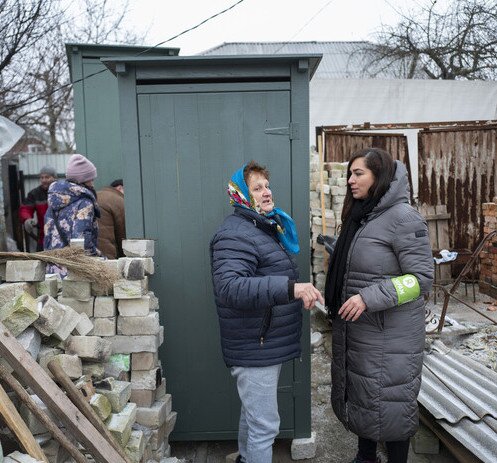人道救援, 亞洲其他地區2013年11月20日
Getting back and moving on after Typhoon Haiyan (只有英文)
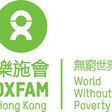
Maylyn Pagatpatan
Maylyn是樂施會快速評估小組的成員。
“Typhoon Yolanda destroyed my two pump boats. Can you give me one so I can start earning my livelihood?”
It is the first thing that 60-year-old fisher Gerardo Yapi said to Oxfam’s Rapid Assessment Team when we met in Hernani Village, Eastern Samar province, a few days after Typhoon Yolanda (also known as Typhoon Haiyan) struck, which almost wiped out this fishing community.
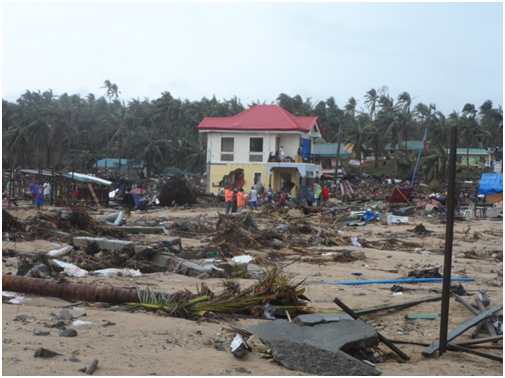
Oxfam is currently assessing long term livelihoods programming in the area to help people like Gerado and his family get back on their feet.
Aside from immediate needs, including food and drinking water, the boat is the most important thing for the family to rebuild their lives as soon as possible. The father of four said he had just finished building a temporary shelter for his family by using scrap materials from destroyed houses and structures which were scattering all over. The shelter was made of iron sheets and lumber.
The Yapi family is just one of more than 200 families affected by Typhoon Haiyan in the village who are trying to get their lives back. Those affected said they wanted to return to fishing and farming activities as soon as possible to bring in income for their families.
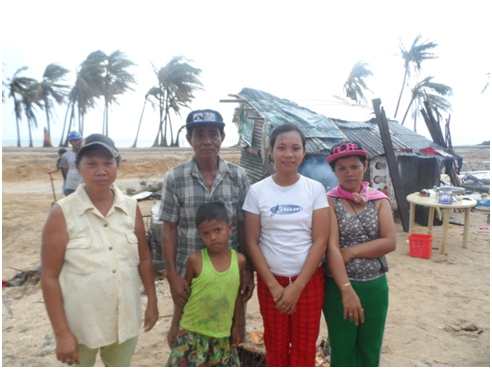
Fisher Gerardo Yapi poses with his wife and children in the middle of what used to be their home in Botang Village, one of many coastal communities devastated by Typhoon Haiyan on 8 November.
The Oxfam team distributed fresh water to 200 families in the village. Oxfam is currently assessing long term livelihoods programming in the area to help people like Gerado and his family get back on their feet.
Meanwhile, everything was totally washed out in Hernani village in the Barangay Batang area in Eastern Samar province, pictured above. Not a single house was spared. Even the concrete buildings were destroyed.
According to the villagers, the local government came to the village one day before the disaster struck and asked them to leave and take shelter in a designated evacuation center, which was commonly the elementary school located on higher ground.
Many families fled only after the winds turned violent, causing the storm surge. Apparently, some people did not take the early warning seriously due to a lack of understanding about what the storm surge was going to entail. They were faced by a wall of water which crashed into the land because of strong winds, which the villagers compared to a tsunami.
It is vital that within the response to Typhoon Haiyan, there is a focus on strengthening disaster-risk reduction measures, including early warning systems, to better protect communities from future disasters. Information on risks and evacuation plans need to be clearly explained and translated into local languages.

